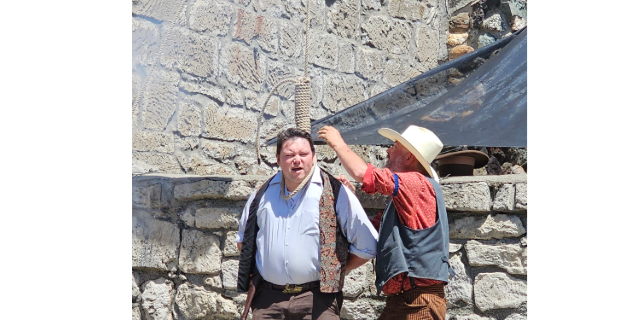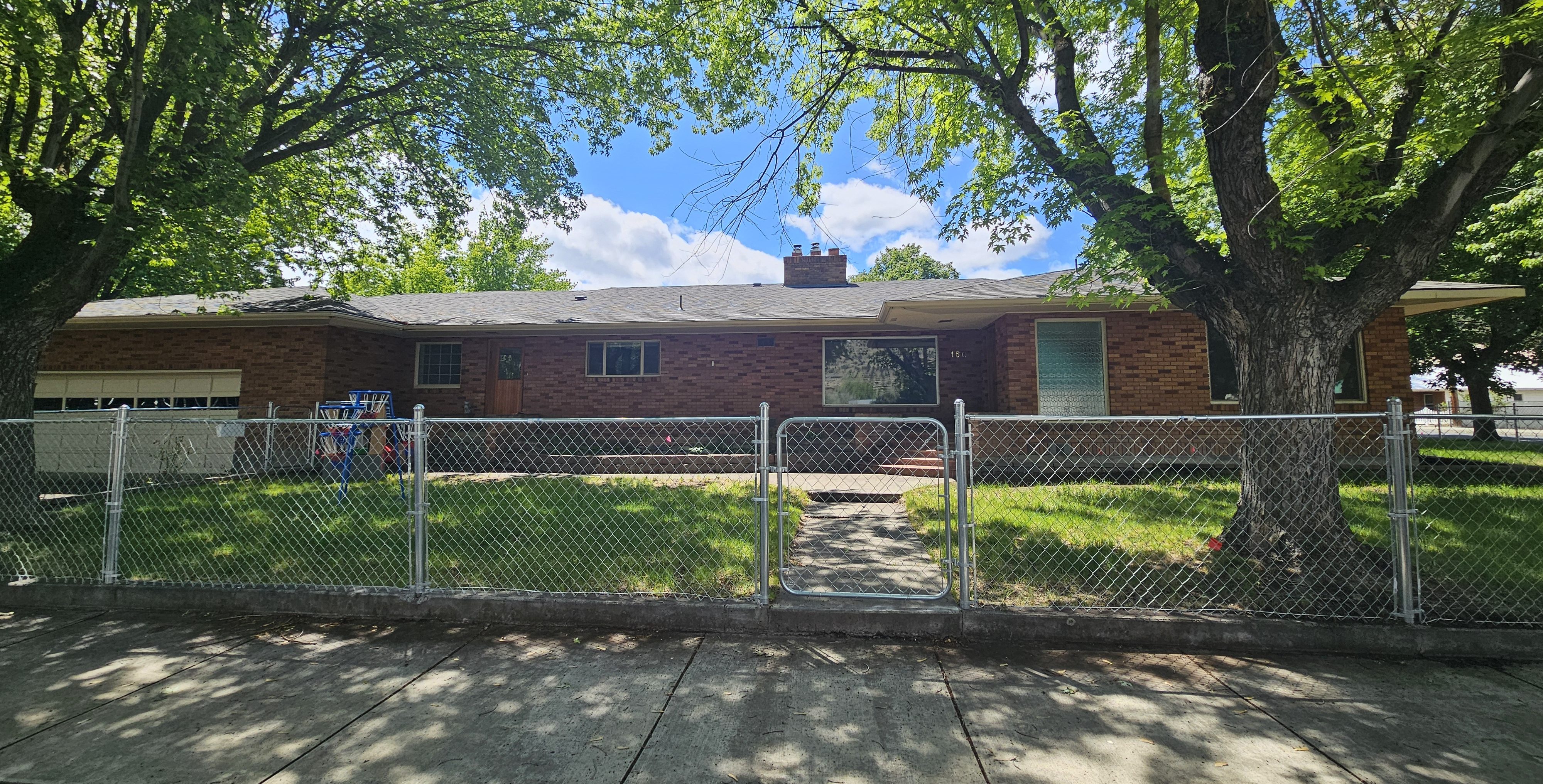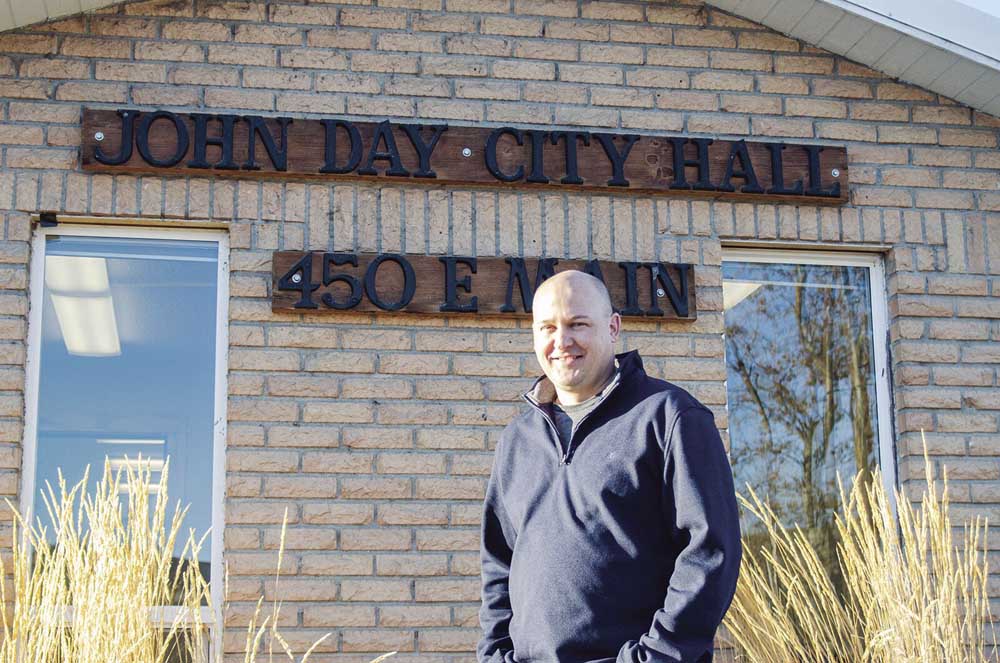Getting the word out on Firewise communities
Published 1:00 pm Tuesday, February 26, 2019

- Howard Gieger spoke to the Grant County Court about the Pine Creek Firewise community during their Feb. 13 meeting.
Residents and landowners in the Dog Creek and Marysville area concerned about wildfire risks might want to contact Grant County Firewise Coordinator Irene Jerome.
The area east of Canyon City and John Day is a perfect candidate for a Firewise community, Grant County Judge Scott Myers told the county court Feb. 13.
Rules governing use of federal Title III Secure Rural Schools funding to protect homes and property from wildfires has been tightened up since 2008. The funding is only available to authorized Firewise communities, Jerome said.
Firewise process
Grant County is home to the first Firewise community in Eastern Oregon, established in the Pine Creek area about two years before the Canyon Creek Complex fire bore down on the area, threatening people, livestock and property.
The residents, led by Pine Creek Firewise board chairman Howard Gieger, a former arson investigator, worked together pruning branches, mowing tall grass and weeds, thinning trees, improving access routes, building an emergency bridge for ATVs and locating water sources ahead of the 2015 fire.
“After the fire passed through and the smoke subsided, all of the Firewise participants’ homes survived,” Bill Dean, the public information officer for the Canyon Creek Complex fire, wrote at the time.
Since then, Firewise communities have been established in the Ritter, Middle Fork and Laycock areas. Firewise is a community-driven program, Jerome explained shortly after Pine Creek was recognized.
“Our population is so sparse and so scattered it is difficult to form a group that can fulfill the few small steps necessary to get the Firewise recognition,” she said.
The process begins with a risk assessment conducted by a local fire chief and an Oregon Department of Forestry representative, Jerome said. After she writes up a report, the community develops a timeline and project list and the documents are sent to Salem and the National Fire Protection Association for approval.
Firewise projects
Gieger told the court how he removed “tons of brush” around his home in Pine Creek before the Canyon Creek Complex fire. He said his neighbors thought it was excessive, but as the fire blew in from the east and south, it “fell to the ground” and didn’t destroy the home he built in 1978. Since the fire, Pine Creek residents have upgraded bridges and helped neighbors and seniors remove “thousands of tons of slash.”
The speed of the windblown fire caught many Pine Creek residents by surprise, Gieger said, resulting in confusion about evacuation routes. The Firewise group is now using GPS units to identify bridges, water sources, turnouts and other important features to mark on a printed map to be provided to residents and firefighting agencies, he said. Gieger noted that Pine Creek residents back the GPS project 100 percent.
The Firewise group in Ritter has held a fire emergency simulation that focused on how to evacuate residents on a 20-mile long road with poor cellphone coverage where a major vehicle accident could block access. A live drill is planned in the Middle Fork area in April, Jerome noted.
Organizing Firewise communities can leverage the influence of residents when dealing with government agencies, Jerome said. A fuel reduction project on public land adjacent to the Laycock Creek area, for example, was scheduled to take place about eight years from now, but the newly formed Firewise community there has prompted the Forest Service to move the project up.
“It’s been documented that the Firewise program saves lives,” Jerome said. “But it also helps build communities.”





